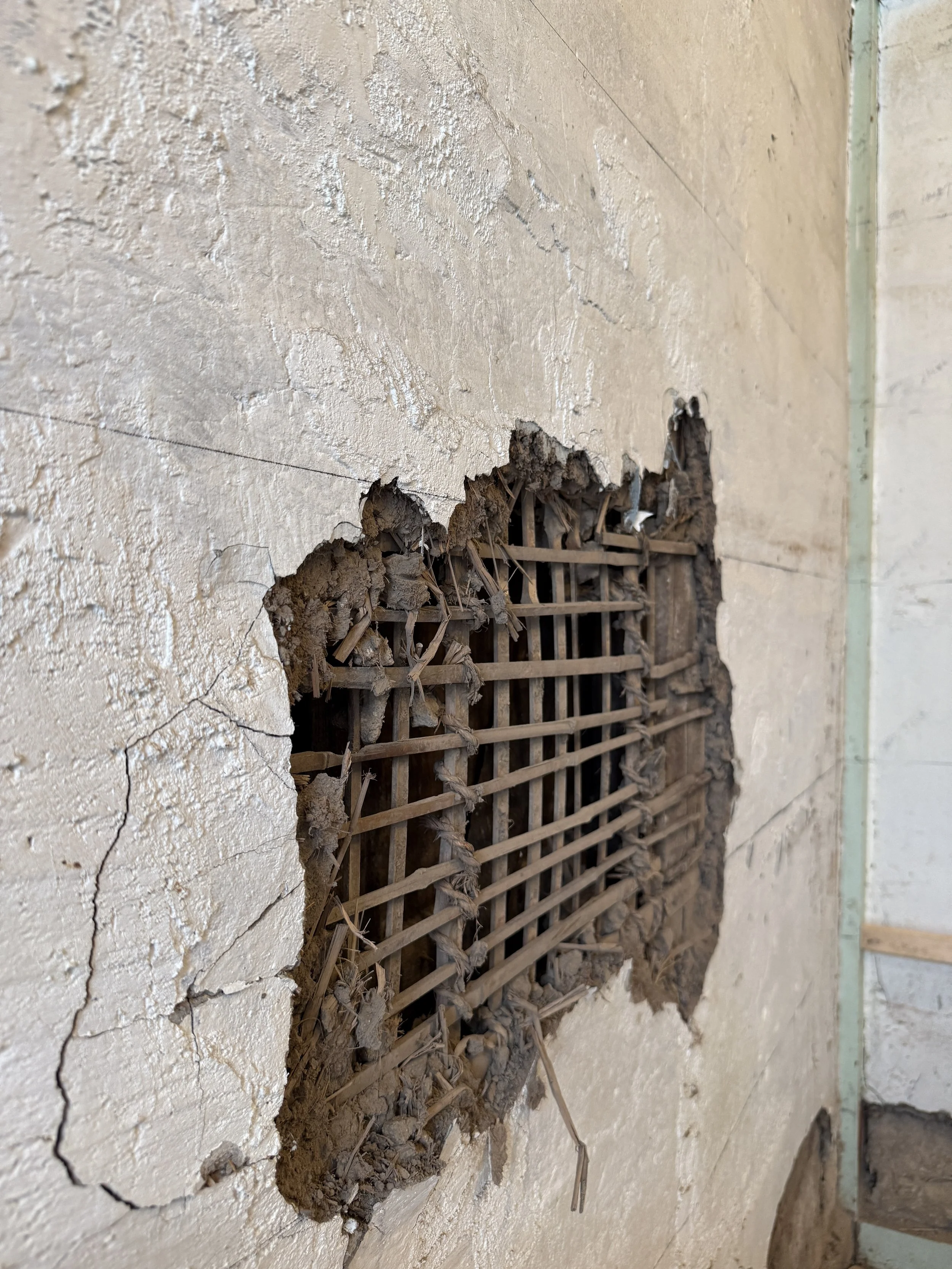Microseason: Humid Air Saturates the Earth
SUMMER
GREAT HEAT
HUMID AIR SATURATES THE EARTH
28 July - 1 August
As the full weight of Midsummer descends, the earth becomes damp, and sultry heat prevails. The soil no longer drinks eagerly as it did during rainy season. Instead it now holds moisture tightly, and heat seems to rise from within the earth itself. This saturation unique to Summer is seen in seasonal literature and architectural design.
Traditional Japanese buildings have always responded to the interplay of humidity and breathability. Tsuchikabé composed of clay, sand, seaweed, and fermented rice straw, is are not only fire-resistant and insulating, it is also climate responsive. When ambient moisture rises, these walls absorb and regulate it, releasing it later as the air cools. Similarly, tataki floors made from compacted clay, lime, and bittern, harden over time while allowing subtle air and water exchange.
Historically, materials are only sourced locally. Whether from the uplands or riverbanks, the base clay best serves the needs of the hyper-local climate. Sakan earthen wall plasterers always making small strategic moves in application style and ratio of materials based on humidity, temperature, and wind factors.
Kura earthen storehouses, with its thick-walls made up of multiple layers of clay sandwiched with bamboo and hemp, are designed to protect grains, textiles, and documents from fire, pests, and the intense humidity of the Summer months. The techniques for constructing kura drew from older agricultural practices such as tanada terraced rice paddies, where walls of rammed earth and stone were used to manage water and soil erosion. In both cases, the principle is the same. The earth can be made not only to bear weight but to breathe with the seasons.
The value of earthen materials, particularly in the context of this season, we find models for sustainable living. Clay walls and floors offer not only environmental benefits but also visual, tactile, and acoustic qualities unmatched by man-made materials. Moreover, they age in a way that cannot be mimicked. Revealing cracks, and evolving in color and texture with time.
Photo credit: Momoko Nakamura

